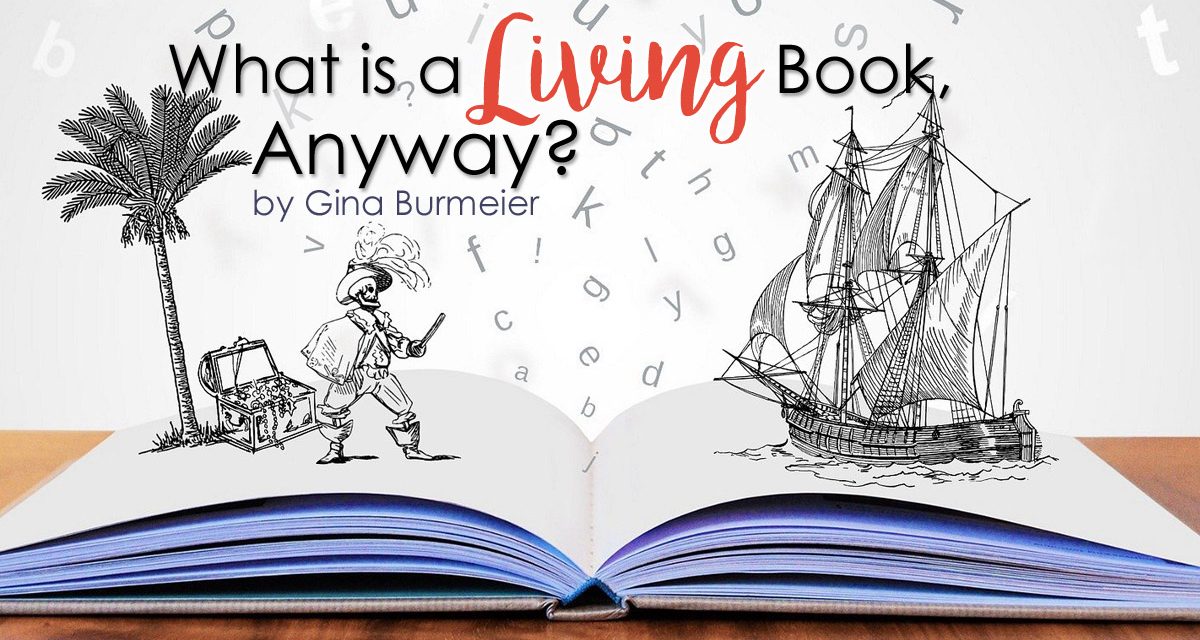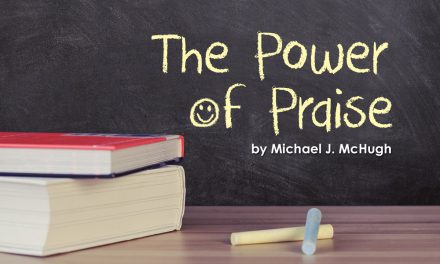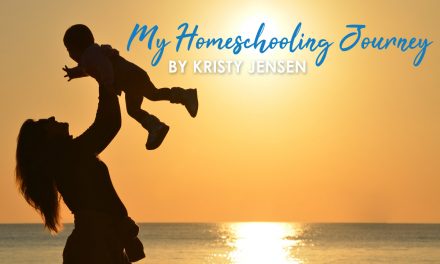Have you heard the term “living books” and thought, “What do those words even mean?” If you are a Charlotte Mason homeschooler, you are already quite familiar with the term “living books.” If you are not following the Charlotte Mason approach, you might be left scratching your head.
To understand living books, we must first look at the Charlotte Mason approach to homeschooling. Charlotte Mason was a British educator who believed life was more than passing tests, getting the perfect score on papers, and being accepted into the right college. She viewed education as an atmosphere, a discipline, and a life. The atmosphere is established in your home environment (the parent’ values and ideas they pass down to their children). The discipline is the formation of good habits as children grow and mature (in particular establishing good character). And life is the academic side of education. Instead of just pouring facts into a child, it is forming and gathering noble and honorable ideas from the factual information we read or just our day-to-day living.
Living books developed from the life aspect of Charlotte Mason. These are books that come alive, so to speak, when reading. They are not boring textbooks or encyclopedias (not that there isn’t a time and place for these) that spout off information and just give the necessary facts, but rather books that spark feeling, pull you in, and tug on your emotions. This makes it easy to remember what you’re reading and makes learning more enjoyable. Living books are a narrative in story form and are usually written by an author excited and passionate about the subject. Serious Charlotte Mason homeschoolers might differentiate on their definition of a living book, but generally speaking, it can be fiction or non-fiction, and possesses qualities of vibrant language and word pictures that spark the imagination. Living books prompt us to evaluate and understand the content being read and help us develop ideas that mold our morals and character for the good. They are also well written. And these stories are especially helpful to young children in the elementary years.
Now that we have a better idea of what a living book is and what it isn’t, how do we look for these books? Your local library will have a host of living books to choose from. A quick online search of key terms like “living book reading list” or “twaddle-free reading list” will guide you to others’ lists. But you will have the best sense for what will be a living book that best matches your family. You might get a sense of a book by looking at inside pages when shopping online. When you thumb through the book or read a page, does it draw you in? Do you get a vivid picture in your mind of what the author is writing about? If this happens, it is most likely a living book.
Don’t underestimate your children’s ability to read rich literature of value and the ability to discuss it and have meaningful conversation from their reading. Some books might be more challenging than others, but each book will have its own experience and provoke thought. Then, when children tell it back in their own words (narration), they will retain the information as a lasting memory.
Living books minister and reach children where sometimes normal textbooks cannot. Bringing living books into your curriculum can add another layer of enjoyment to your homeschool and create lifelong learners. These books can be added to any subject, but in particular are a very useful addition to your history/geography and science programs. Seeing your children devouring books that captivate them is a true joy that they will eagerly discuss and share the story with you. I hope you find some classic and memorable stories this year as you begin another adventurous year of homeschooling! ~ Gina





![Teacher Reboot: Retreat! [Part 2]](https://ourhomeschoolforum.com/wp/wp-content/uploads/2016/08/teacher-reboot-2-440x264.jpg)